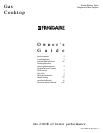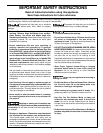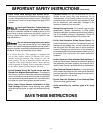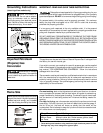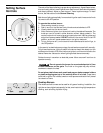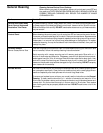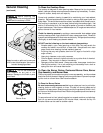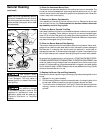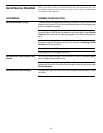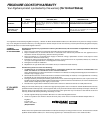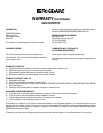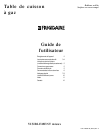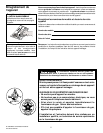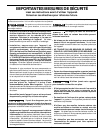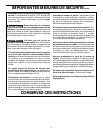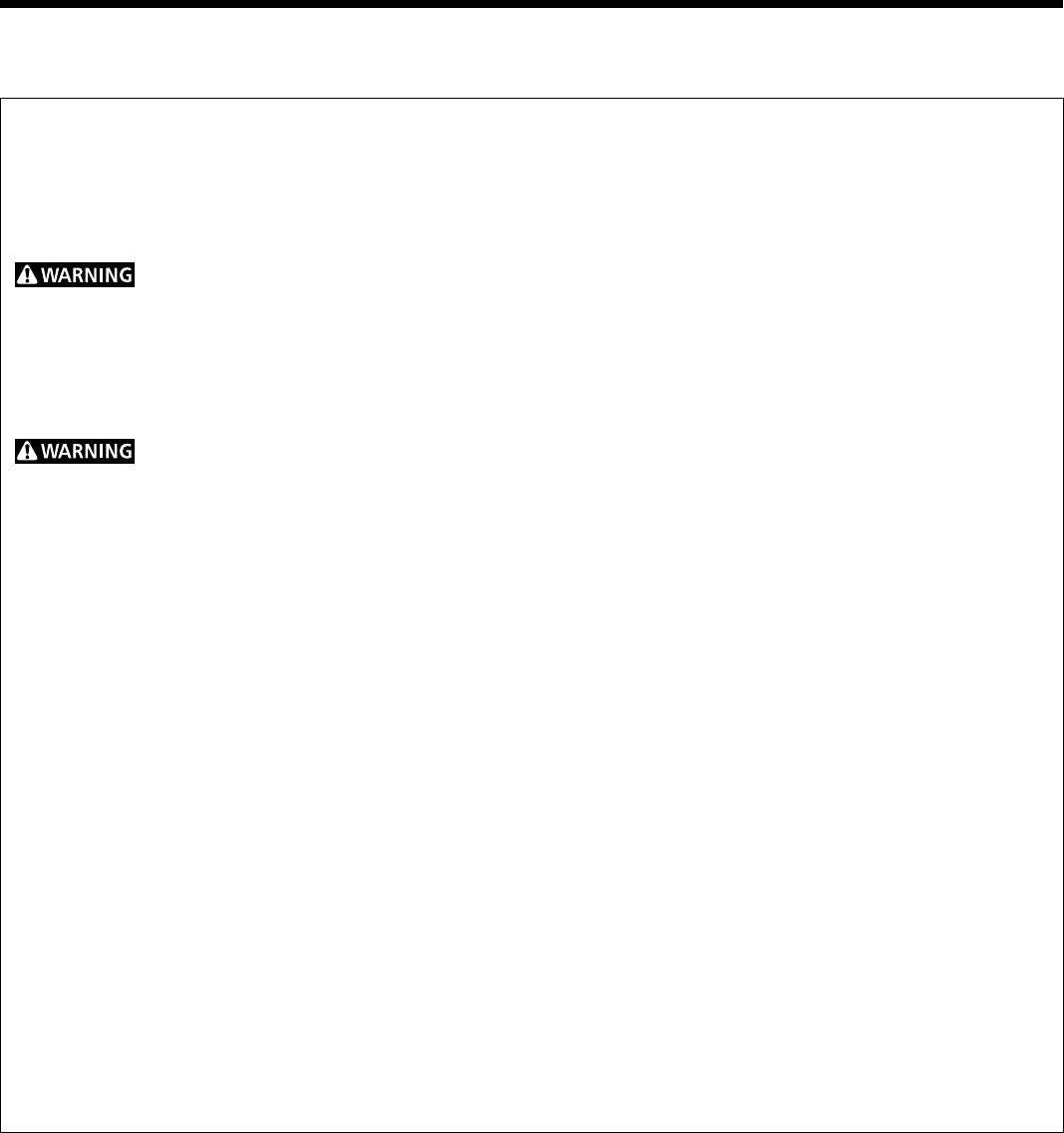
4
IMPORTANT SAFETY INSTRUCTIONS (continued)
• Know which knob controls each surface burner.
Always turn the knob to the LITE position when igniting the
burners. Visually check that the burner has lit. Then adjust
the flame so it does not extend beyond the edge of the
utensil.
Use Proper Flame Size—Adjust flame size
so it does not extend beyond the edge of the utensil.
The use of undersized utensils will expose a portion of the
burner flame to direct contact and may result in ignition of
clothing. Proper relationship of utensil to flame will also
improve efficiency.
Do not use stove top grills on your sealed
gas burners. If you use a stove top grill on a sealed gas
burner, it will cause incomplete combustion and can result in
exposure to carbon monoxide levels above allowable current
standards. This can be hazardous to your health.
Use Proper Pan SizeThis appliance is equipped with
one or more surface burners of different sizes. Select
utensils having flat bottoms large enough to cover the
surface burner. The use of undersized utensils will expose
a portion of the surface burner to direct contact and may
result in ignition of clothing. Proper relationship of utensil
to the surface burner will also improve efficiency.
• Utensil Handles Should Be Turned Inward and Not
Extend Over Adjacent Surface Burners—To reduce the
risk of burns, ignition of flammable materials, and spillage
due to unintentional contact with the utensil, the handle of
the utensil should be positioned so that it is turned inward,
and does not extend over adjacent surface burners.
• Never Leave Surface Burners Unattended at High
Heat Settings—Boilovers cause smoking and greasy
spillovers that may ignite, or a pan that has boiled dry may
melt.
• Protective Liners—Do not use aluminum foil to line
surface burner pans. Only use aluminum foil as
recommended in the Cooking Guide. Any other use of
protective liners or aluminum foil may interfere with heat
and air distribution, and combustion. Damage to the
cooktop or personal injury may result.
• Glazed Cooking Utensils—Only certain types of glass,
glass/ceramic, ceramic, earthenware, or other glazed
utensils are suitable for cooktop service without breaking
due to the sudden change in temperature. Check the
manufacturer's recommendations for cooktop use.
• Do Not Use Decorative Surface Burner Covers. If a
burner is accidentally turned on, the decorative cover will
become hot and possibly melt. You will not be able to see
that the burner is on. Burns will occur if the hot covers are
touched. Damage may also be done to the cooktop or
burners because the covers may cause overheating. Air will
be blocked from the burner and cause combustion
problems.
• Do Not Operate or Clean a Broken Cooktop Glass—If
glass top should break, cleaning solutions and spillovers
may penetrate the broken cooktop and create a risk of
electric shock. Contact a qualified technician immediately.
• Clean Cooktop Glass with Caution—If a wet sponge or
cloth is used to wipe spills on a hot cooking area, be careful
to avoid a steam burn. Some cleaners can produce harmful
fumes if applied to a hot surface.
• Do Not Place Hot Cookware on the Cooktop Glass.
This could cause glass to break.
• Avoid scratching the cooktop glass with sharp
objects.
SAVE THESE INSTRUCTIONS



